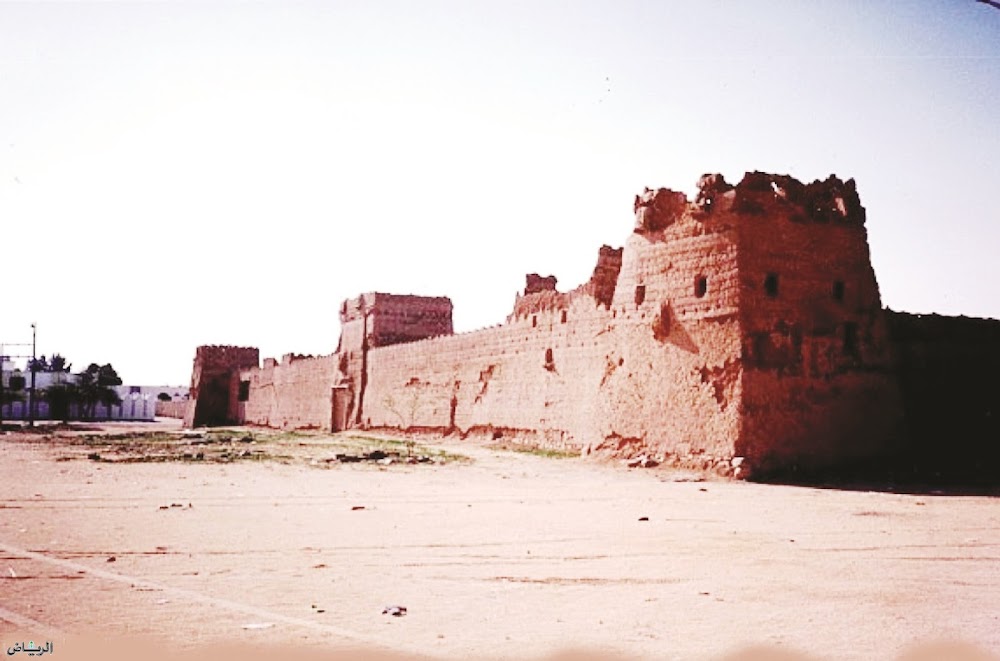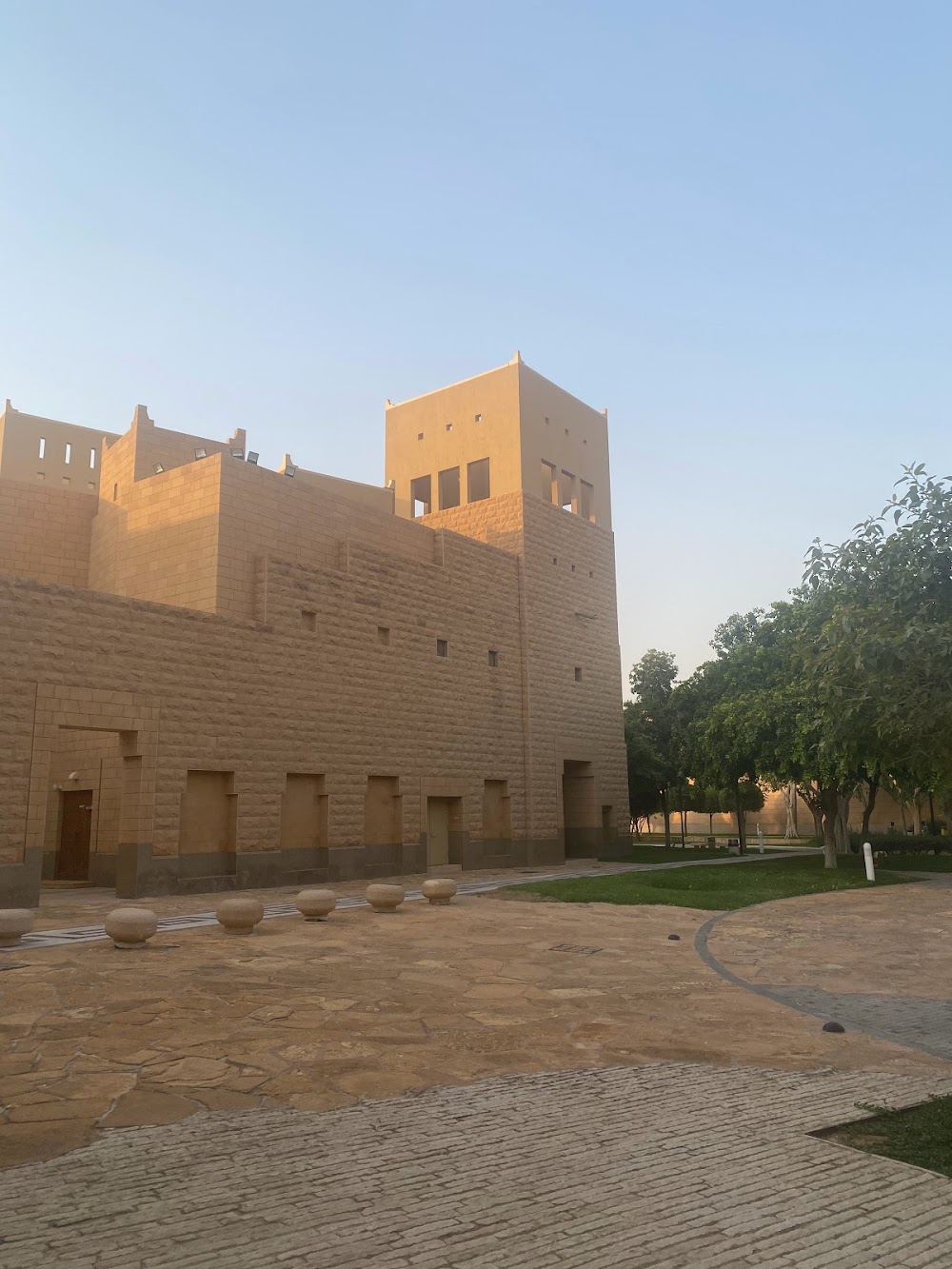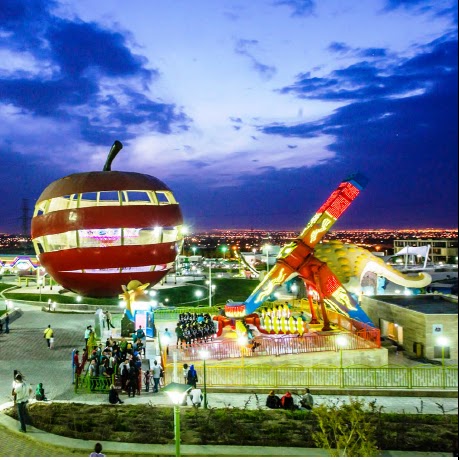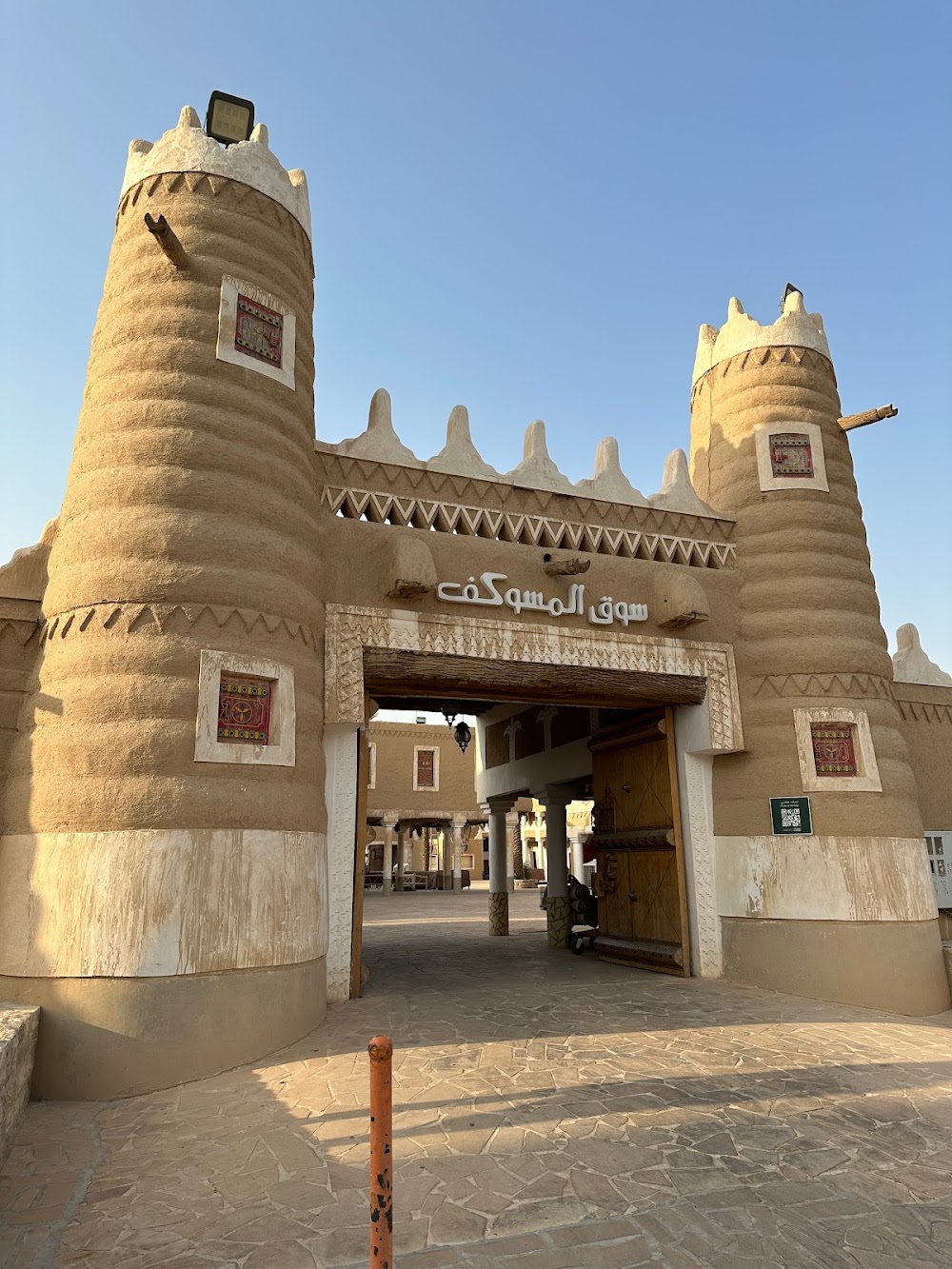King Abdulaziz Historical Palace (قصر الملك عبدالعزيز التاريخي)
Overview
**King Abdulaziz Historical Palace: A Testament to Heritage**
King Abdulaziz Historical Palace stands as a remarkable landmark in Al-Qassim, Saudi Arabia, embodying the rich history and cultural heritage of the region. This majestic structure is not only an architectural marvel but also a symbol of the unification of the Arabian Peninsula, reflecting the grand vision of its founder, King Abdulaziz.
**The Birth of a Kingdom**
In the early 20th century, King Abdulaziz embarked on a mission to unify the disparate regions of the Arabian Peninsula. His efforts culminated in the establishment of the Kingdom of Saudi Arabia in 1932. Recognizing the need for a central administrative and royal residence, he initiated the construction of what would become King Abdulaziz Historical Palace in the mid-1930s.
**Architectural Marvel**
Local craftsmen, skilled in traditional Najdi architectural styles, meticulously crafted the palace using locally sourced materials. The design showcases intricate geometric patterns, mud-brick walls, and wooden elements, reflecting the architectural heritage of the region. This attention to detail ensured that the palace not only harmonized with its surroundings but also withstood the test of time.
**A Multifaceted Structure**
The palace is a blend of residential, administrative, and defensive structures. At its heart lies a grand courtyard, surrounded by beautifully adorned rooms and halls that served various purposes, from royal receptions to administrative meetings and family quarters. Security was a priority in the design, evident in the high walls, watchtowers, and strategically placed entry points.
**Intricate Interiors**
Step inside, and you’ll be captivated by exquisite carvings and Islamic calligraphy adorning the interior. Each detail, from the wooden ceilings to the stone floors, reflects the artistry of skilled artisans. The rooms are furnished with traditional Najdi furniture, showcasing the region's craftsmanship. Large windows and open spaces invite natural light, creating a serene and inviting atmosphere.
**The Majlis: A Cultural Hub**
One of the palace's unique features is the majlis, a central gathering place where the king met with tribal leaders, dignitaries, and local community members. This space fostered open communication and consultation, embodying the cornerstone of Saudi Arabian governance and culture. It served as a forum for discussing important matters and building relationships, highlighting the significance of community in Saudi society.
**Lush Surroundings**
The palace is complemented by meticulously landscaped gardens featuring native plants and date palms, creating a tranquil oasis amidst the desert. These gardens offer shaded seating areas and pathways for leisurely strolls, providing a serene environment for relaxation and reflection.
**A Living Legacy**
As decades passed, King Abdulaziz Historical Palace evolved, incorporating modern amenities while preserving its historical integrity. Today, it stands as a symbol of the nation’s heritage and the enduring legacy of its founding king. The palace has been meticulously restored, allowing visitors to experience the grandeur and rich history of this remarkable site.
**Conclusion: A Window into the Past**
In conclusion, King Abdulaziz Historical Palace in Al-Qassim is a masterpiece of traditional Najdi architecture and a significant cultural landmark. Built with local materials and craftsmanship, it reflects the vision and legacy of King Abdulaziz. This cherished historical site offers visitors a captivating glimpse into the past and a profound connection to the rich heritage of the region.






